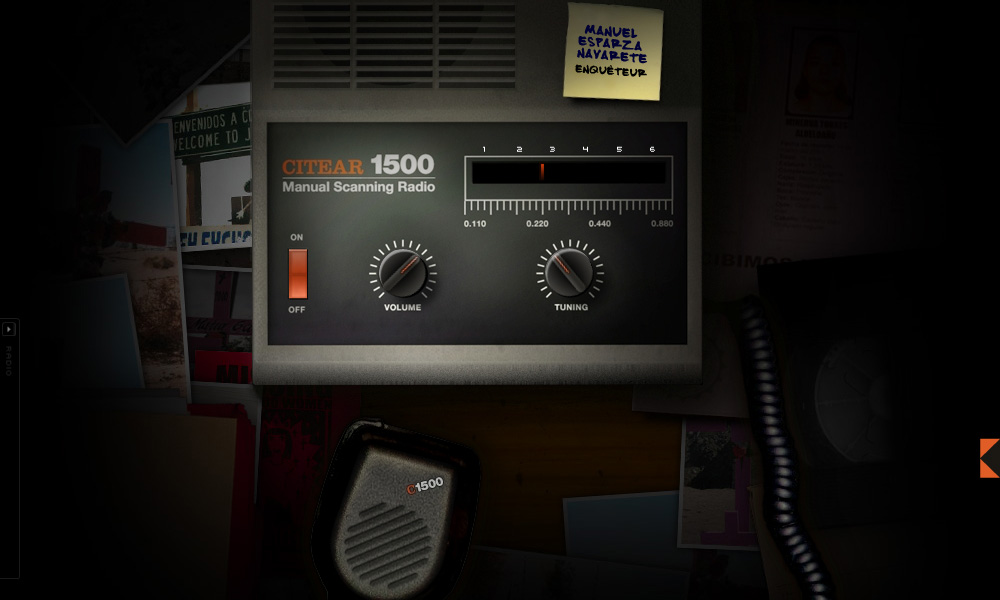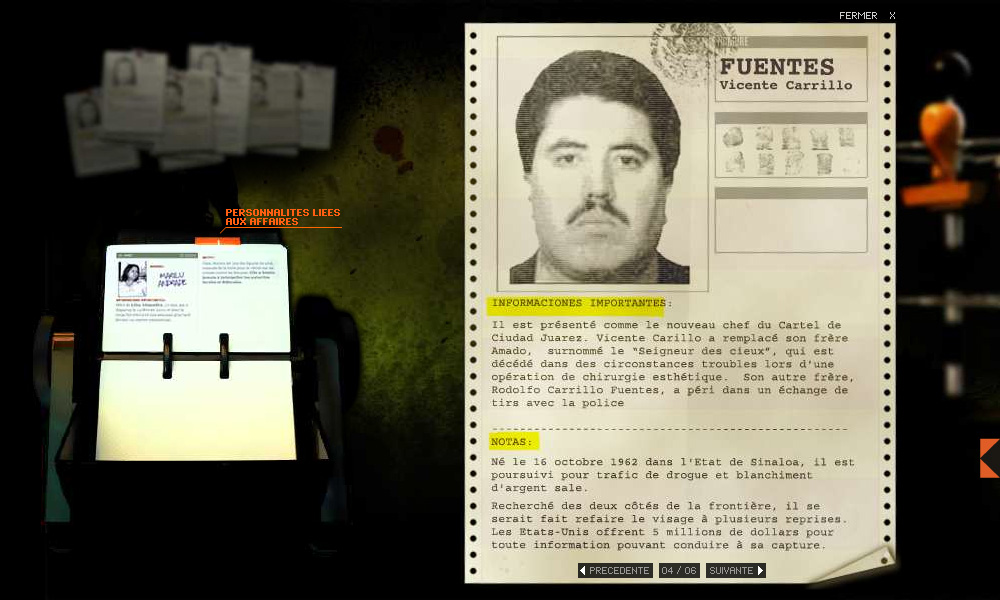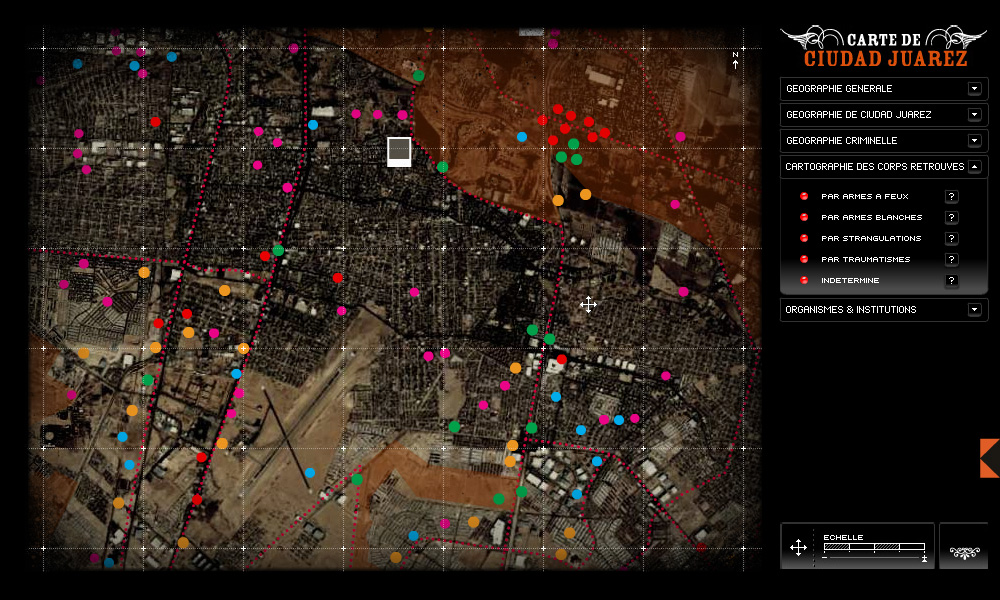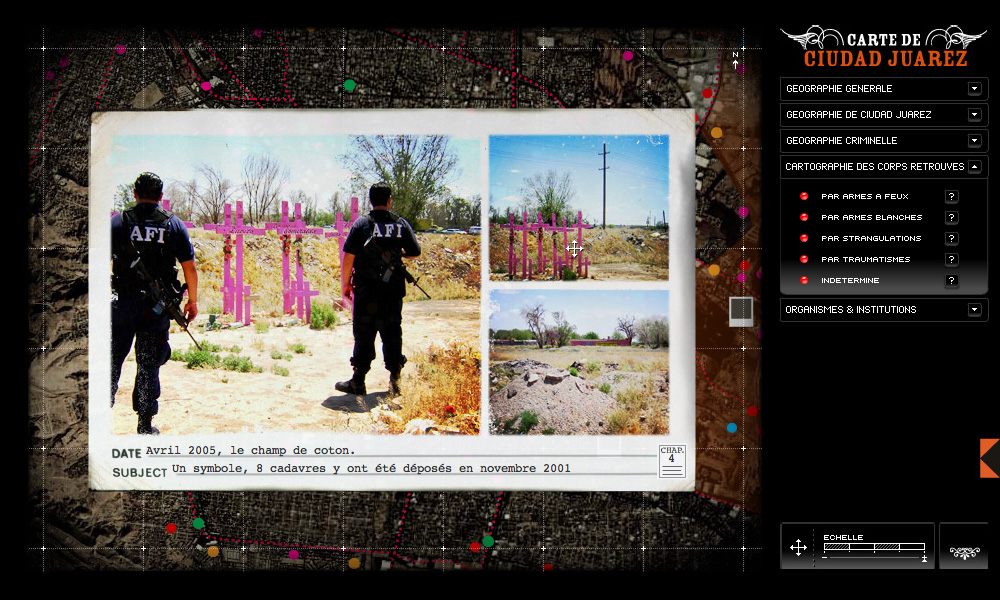Ciudad Juárez,
the city that kills women
Almost 400 women murdered, most of them in awful conditions, and 500 missing, in Ciudad Juárez, since 1993. Numbers change according to who you’re talking to: local or national police, victims’ family, judges, lawyers or experts. One thing is certain: this is the bloodiest crime in recent history and the most astonishing judicial scandal.
Because ten years after the murder of the first victim, who was found naked in the desert separating the United States from Mexico, the authorities are still unable to identify those responsible for the massacre or give a convincing explanation for the tragedy.
Presented to public opinion as the main perpetrators of the massacre, 18 suspects were arrested and around ten of them convicted. However, the murders resumed in earnest after they were detained. Since the beginning of 2005, there have been four new cases of feminicide.
« In 2003, when Jean-Christophe Rampal, Marc Hernandez and I started to think about working together on.the Juárez’s murdered case for the web, we immediatly use the term ‘webdocumentary’. But what does it mean? »
Alexandre Brachet, founder of Upian
The « Cité des mortes », fourth city of the country, is located at the border of the United States, just in front of its twin American city, El Paso.
It has around 1.5 million inhabitants. An unusual city: it is the stronghold of one of the largest drug cartels in Latin America and one of the busiest border crossings in the world. Every year, 55 million people, cars and lorries cross the « Linea » that separates Mexico from Texas and Ciudad Juárez from El Paso. Around 150,000 a day. Traffic that is virtually impossible to control.
Around 300 tonnes of Colombian cocaine enter the United States every year.
A third would pass through here. The presence of the narcos is palpable in the city. Millionaires’ villas tucked away in new residential areas, discotheques reminiscent of the heyday of narco-architecture in Medellín, where dope circulates freely, sports betting centres used to launder money, 4x4s with smoked windows and no number plates… And armed men everywhere.
Ciudad Juárez is also home to hundreds of thousands of workers employed in 250 maquiladoras on the edge of the desert.
These relocated North American, Asian and European assembly plants belong to Ford, Chrysler, Thomson, General Electric, Siemens and Electrolux. The arrival of these foreign companies en masse in the early 90s (they generated sales of 60 billion dollars in 2001) transformed the city into a major industrial and commercial centre. The immediate consequence was a massive influx of workers, attracted by the possibility of finding work, even if it was poorly paid (around 6 dollars a day).
80% of the city’s population comes from inland Mexico.
The majority of these migrants are young, unskilled women, who can be worked to death. Most of them are of mixed race, but there are also Indians from the southern unemployment southern states of Oaxaca, Guerrero, and Michoacan, crammed into the shantytowns that surround the city, most of them close to the US border.
The perpetrators of the crimes in Juárez were undoubtedly many and varied in profile, reflecting the profound complexity and perversity of the city. The murders have only multiplied because of the impunity that reigns here.
Perhaps the main suspect is the city itself.
Extract from the producer’s letter of intent (2005)
« We know that the Internet does not yet allow this kind of programme to be financed. Jacques Lathuile and Jean-Paul Clergeau, and I, have been talking about this for a long time. But I remain convinced that this interactive medium will soon provide more and more information, more and more programmes, to larger and larger audiences. Broadband will undoubtedly lead us to tackle, in the future, subjects that will have to be built for, and with, Internet users-television viewers, as part of new interactive television programme offerings. It is therefore essential that ‘specialist’ producers start to define such programme offerings. » Alexandre Brachet









